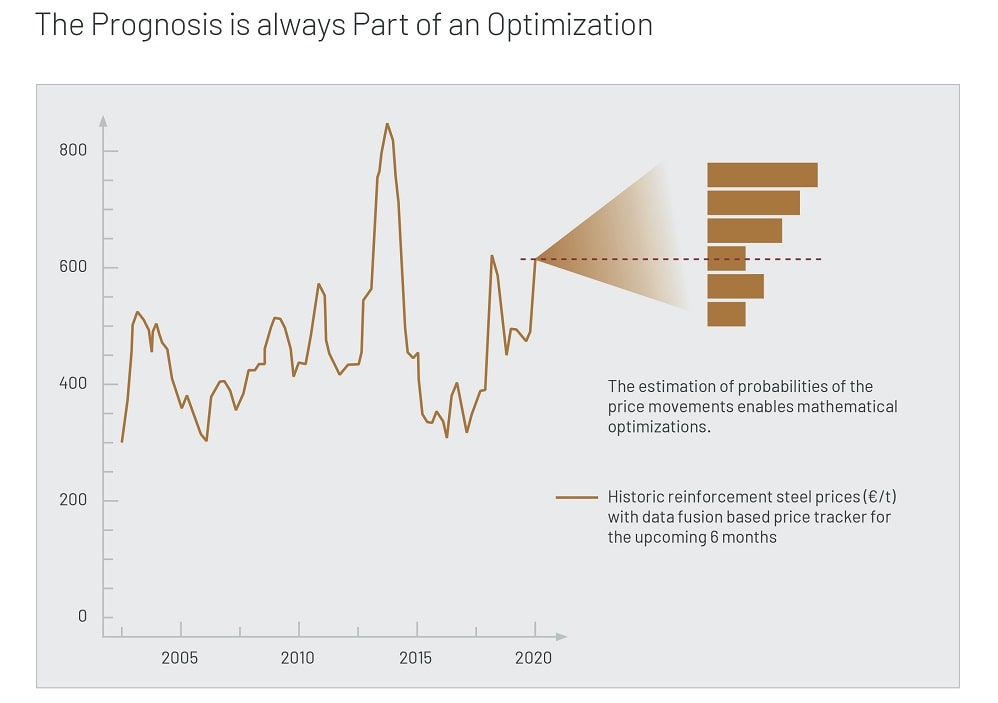The math of decision-making
Times like these are challenging for political decision-makers. Firstly, we all live in a complex dynamic – because digitally highly networked – society. Secondly, postmodern philosophy has fully unfolded and spreads its relativization of reality, combined with widespread skepticism towards sciences. It is not uncommon for political leaders to reject scientific reasoning and the power of enlightenment entirely these days.
The corona pandemic has demonstrated how difficult it is to make optimal political decisions. If a long-lasting event such as a pandemic occurs unexpectedly, what is the best strategic course of action in dealing with the pandemic if at least the core elements of modern democracies shall remain intact: participation and inclusion, constitutionalism and human rights, separation of powers and the rule of law?
The sad fact is “strategic planning, which should be a bastion of long-term thinking… is very often reactive and short-term”.[1] Strategic weakness of politics may be due to short terms in office, but also an effect of the refusal or the inability of long-term thinking. Some political leaders justify the lack of a political strategy with the fact that the complexity of a situation does not permit a longer-term view.
But there is certainly an arsenal of tools against to control the risks of complexity. In the era of big data, artificial intelligence and considerable processing power, the technical toolbox also includes scenario technology, combined with the power of mathematics.
Does data analytics help?
Today, big data, machine learning and artificial intelligence are considered state of the art in science and technology. Mass data are analyzed with artificial neural networks – artificial intelligence in the strict sense –, i.e. using a blackbox. A lot can go wrong with artificial neural networks, though. They can, for example, suggest correlations in data that are actually contained in the analyzed data – often due to sparse data –, but do not actually exist in reality. This is one reason why artificial neural networks still today should be the last resort for evaluating data in mission-critical contexts, because they are a sensitive technology that continues to cause problems and difficulties also for the scientific community, which is reflected in the extraordinarily high publication density for the subject of artificial neural networks. They are often not accurate enough to be used as a basis for mission-critical decisions, including political decisions.
The math of decision

Anyone who does not want to rely on a blackbox is better off with another method: Bayes’ theory.
A Bayesian thinks less about the past than about the future. That is why Bayes’ theory actually demands a good amount of creativity from a mathematician. Both an artist and a scientist at the same time, a Bayesian not only has extensive mathematical knowledge, but also deep domain knowledge. He uses it to model possible scenarios of the future – Bayesians prefer to speak of hypotheses instead of scenarios. Such Bayesian model is initially calibrated with only a small amount of historical data and the subjective expertise of the Bayesian – a process which differs entirely from the approach of using artificial neural networks and mass data.
After the modeling, the next step is continued hypothesis tracking. Tracking means updating hypotheses. It is the tracking function which carries predictive quality about the future. Every new piece of information, every piece of evidence counts now, also in real time. Once it hits the Bayesian update rule, it causes shifts of the the hypotheses and updates the probabilities of the occurrence of a certain future. With every update, the prognosis of what the future will bring changes and becomes more accurate, giving an indication of which hypotheses are solidifying and which are more likely not to be confirmed. In other words: Even in complex dynamic systems like a society in pandemic state there are always long-term perspectives, and there are several options of how the future will evolve.
Science requires rethinking politics
Bayes as a systematic scenario technique is very powerful, albeit complicated. The challenges are not caused by the choice of method, though, but by the task itself. Politicians who expect strategic options of the future and want to track hypotheses of different futures must also think about a paradigm shift in politics. The policy of “nice weather”, election promises and short-term thinking would have to give way to a policy that primarily thinks in risk scenarios. Then politics could also benefit from Bayesian models, which are successfully being deployed in other domains, for example in financial markets. However, it is important to gain confidence in the method. To develop an understanding of hypothesis tracking. To establish a positive stance towards new information, while overcoming fear of change. To ensure that data used to update hypotheses is plausible. And last but not least, to refrain from rejecting a functioning scientific method just because of ideology and science scepticism.
[1] Senge, P. (2006). The fifth discipline: The art and practice of the learning organization, [Kindle version], p. 196. New York, NY: Random House LLC. Cited after: Long, J. (2020). Doctoral Thesis Proposal: Agile Strategic Planning Model, p. 4.





